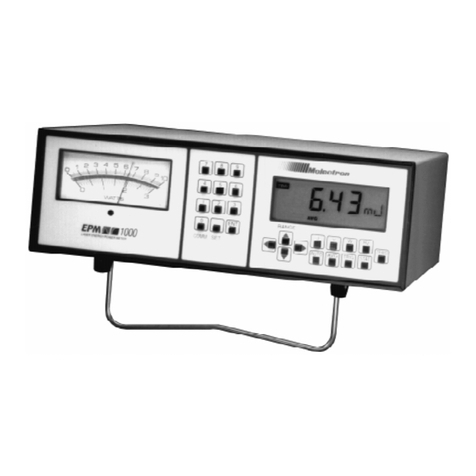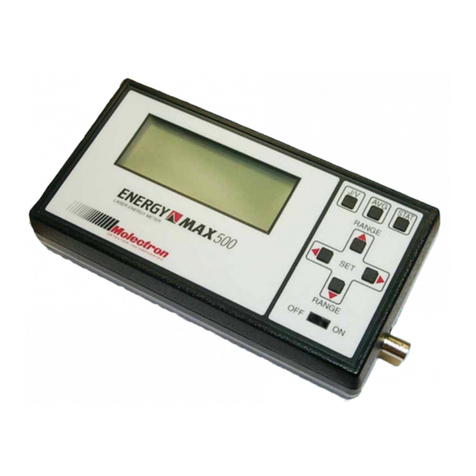
RS-232 Baud Rate ................................................................................................................. 25
RS-232 Enable/Disable .......................................................................................................... 25
RS-232 Parity ........................................................................................................................ 25
RS-232 Stop Bits ................................................................................................................... 26
Setup Store & Recall .............................................................................................................. 26
Statistics Batch Restart Mode ................................................................................................. 26
Statistics Batch Size ................................................................................................................ 27
Trigger Holdoff ....................................................................................................................... 27
Trigger Level .......................................................................................................................... 28
Trigger Source ........................................................................................................................ 28
Wavelength Compensation ...................................................................................................... 29
Programming ............................................................................................................ 31
Connection Methods ................................................................................................................. 31
Commands .................................................................................................................................. 31
Audible Beeper ...................................................................................................................... 32
Average Batch Size ................................................................................................................. 32
Backlight ................................................................................................................................32
Buffer Contents ...................................................................................................................... 33
Communications Error ............................................................................................................ 33
Display Current Reading ......................................................................................................... 33
Identification ........................................................................................................................... 34
IEEE-488 Address ................................................................................................................. 34
Instrument Setup Store/Recall ................................................................................................. 34
Line Frequency ....................................................................................................................... 35
Long Risetime Mode .............................................................................................................. 35
Operating Mode ..................................................................................................................... 35
Output Buffer ......................................................................................................................... 36
Output Continuous .................................................................................................................. 36
Output Depth ......................................................................................................................... 36
Output Dump ......................................................................................................................... 37
Output Format ........................................................................................................................ 37
Probe Type ............................................................................................................................ 40
Range, Current ....................................................................................................................... 40
Range, Maximum/Minimum ..................................................................................................... 41
Reset ...................................................................................................................................... 41
Responsivity ........................................................................................................................... 41
RS-232 Baud Rate ................................................................................................................. 42
RS-232 Parity ........................................................................................................................ 42
RS-232 Stop Bits ................................................................................................................... 42
Self-Test ................................................................................................................................. 43
Speedup ................................................................................................................................. 43
Statistics Batch Size ................................................................................................................ 43
Statistics Restart Mode ........................................................................................................... 44





























